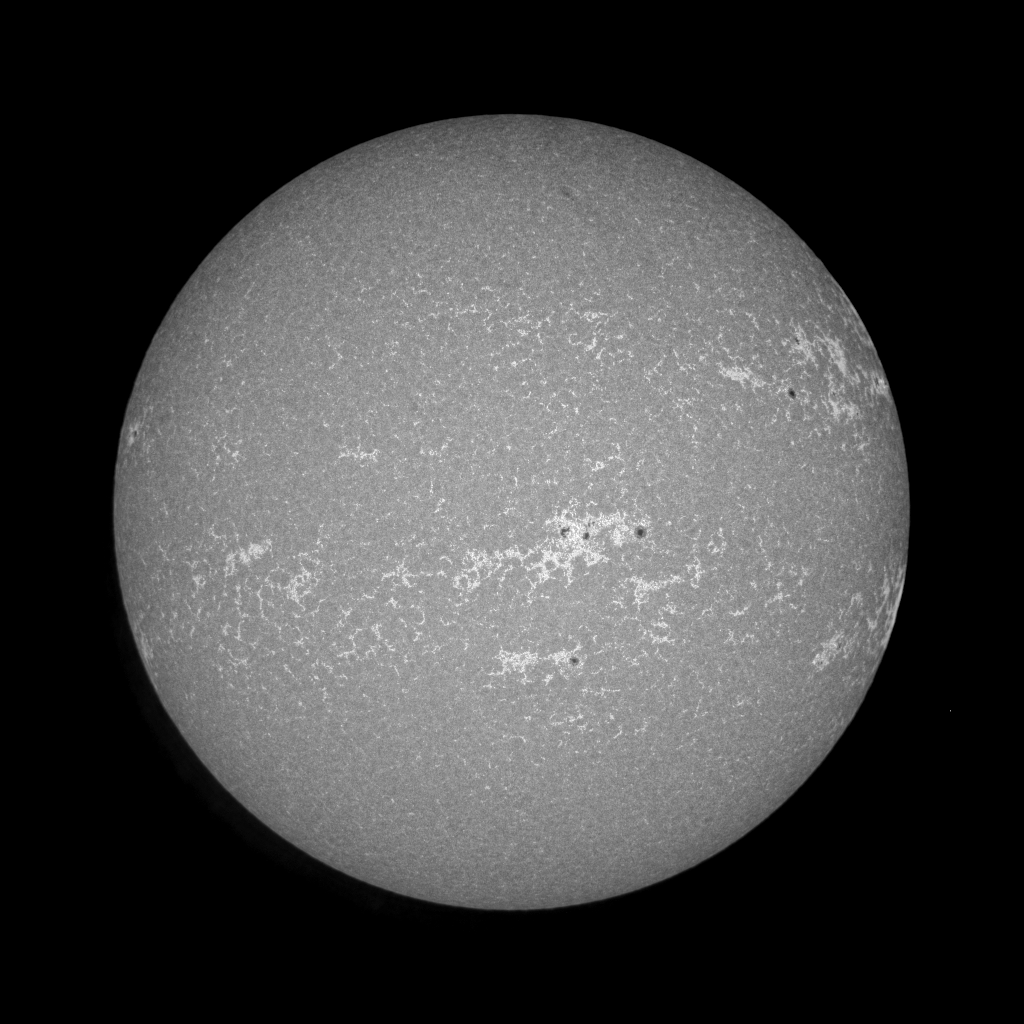 Taken on 26.4.10, using a 10" Vixen reflector and M25C camera. Not as good as it should be so I'll be looking for this again. The individual frames were overexposed, can hardly say that about astronomical targets, but I'll try this one with 60sec instead of 300sec frames. The middle of the ring was too bright in comparison with the rest of it and took lots of work to balance, but I suppose I'll have a similar problem with shorter exposures, but it should be easier, we'll see. I'll try to focus more carefully too.
Taken on 26.4.10, using a 10" Vixen reflector and M25C camera. Not as good as it should be so I'll be looking for this again. The individual frames were overexposed, can hardly say that about astronomical targets, but I'll try this one with 60sec instead of 300sec frames. The middle of the ring was too bright in comparison with the rest of it and took lots of work to balance, but I suppose I'll have a similar problem with shorter exposures, but it should be easier, we'll see. I'll try to focus more carefully too.Processed as usual in AA4 and CS2, with help from Noel's Actions and GradX.

















